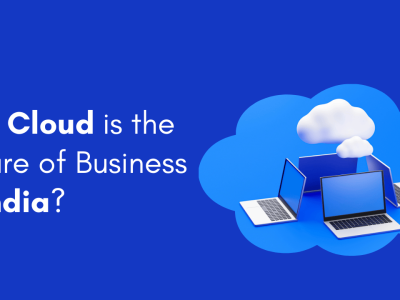Implementing Microsoft Dynamics 365 Business Central is a strategic investment for SMBs looking to streamline operations and enable scalable growth. However, budgeting for such an ERP deployment can be complex, given the multiple cost components and variables involved. This guide will help you break down the budgeting process, understand key cost drivers, and plan for a successful implementation — without surprises.
Understanding the Total Cost of Dynamics 365 Business Central Implementation
What Makes Up the Total Cost?
When budgeting for Dynamics 365 Business Central, it’s essential to account for all major cost categories:
- Licensing fees
- Implementation services
- Customization and development
- Training and onboarding
- Infrastructure and hardware (if applicable)
- Ongoing support and maintenance
Each of these components can vary based on your organization’s size, industry, and unique requirements.
Licensing Costs: The Foundation of Your Budget
Types of Licenses and User Roles
Licensing is the first and most predictable cost. Microsoft offers different license types (Essentials, Premium, Team Members), each with varying features and price points. Your total licensing cost depends on:
- The number of users
- The roles and access levels they require
- Any add-ons or extensions needed for your business processes
Review your team’s needs carefully to avoid over-licensing or under-provisioning.
Implementation Services: The Core Project Cost
Key Implementation Activities
Implementation services are typically the largest part of the budget for SMBs. These services include:
- Project management and planning
- System configuration and setup
- Data migration from legacy system
- Testing and quality assurance
- Go-live support and stabilization
The scope and complexity of your business processes, the volume and quality of your existing data, and the number of locations/users will all impact this cost.
Customization and Integration: Tailoring the Solution
When and Why Customization Matters
Most SMBs require some level of customization to align Business Central with their unique workflows. This may involve:
- Modifying forms, reports, or dashboards
- Integrating with third-party applications (CRM, e-commerce, payroll, etc.)
- Developing custom modules or extensions
The more customization and integration required, the higher the implementation budget should be.
Training and Change Management: Ensuring User Adoption
Building Skills and Confidence
A successful ERP rollout hinges on user adoption. Budget for:
- End-user and admin training sessions
- Documentation and user guides
- Ongoing support during and after go-live
Investing in training minimizes disruption and accelerates ROI.
Infrastructure and Deployment: Cloud vs. On-Premises
Choosing the Right Deployment Model
Most SMBs opt for cloud deployment due to lower upfront costs and simplified maintenance. However, some may require on-premises or hybrid setups. Consider:
- Cloud subscription fees (included in licensing)
- Hardware and IT infrastructure (for on-premises)
- Security and compliance investments
Your deployment model will influence both initial and recurring costs.
Ongoing Support and Maintenance: Sustaining Success
Planning for the Long Term
After go-live, ongoing costs include:
- Support contracts with your implementation partner
- System updates and enhancements
- User support and troubleshooting
- Performance optimization and reporting
These costs are vital for keeping your ERP system running smoothly and adapting to business changes.
Additional Budget Considerations for SMBs
Don’t Overlook These Key Factors
- Third-party integrations or ISV solutions
- Compliance and security upgrades
- User adoption programs and incentives
- Potential future upgrades or module expansions
Factoring in these elements ensures a more accurate and resilient budget.
Cost-Saving Tips for SMBs
How to Optimize Your Investment
- Start with core modules and add more as needed
- Use Team Member licenses for users with limited needs
- Choose fixed-price packages from reputable partners
- Plan data migration and training thoroughly to avoid overruns5
Conclusion: Build a Realistic and Flexible Budget
Budgeting for a Dynamics 365 Business Central implementation is a multi-faceted process. By understanding each cost component and planning for both the expected and the unexpected, SMBs can ensure a smooth deployment, maximize ROI, and set the stage for future growth. Work closely with a certified Dynamics 365 partner, review your needs in detail, and revisit your budget throughout the project lifecycle for best results







